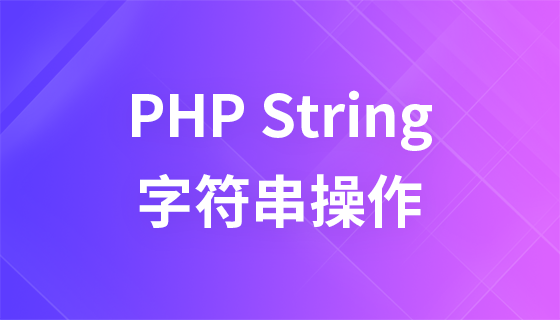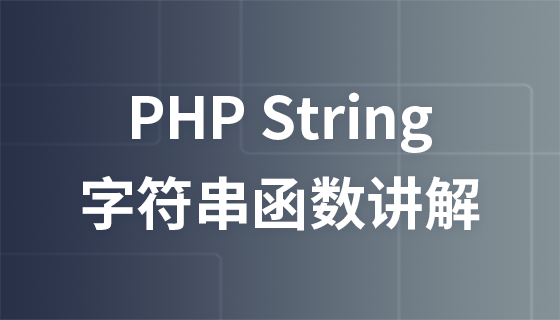答案是startswith()方法可判断字符串是否以特定字符开头,它返回布尔值,支持元组前缀、指定起始结束位置,区分大小写,性能高效且比切片更安全易读。

判断Python字符串是否以特定字符开头,可以使用
startswith()
解决方案
startswith()
string = "Hello, world!"
# 检查字符串是否以 "Hello" 开头
result = string.startswith("Hello")
print(result) # 输出: True
# 检查字符串是否以 "world" 开头
result = string.startswith("world")
print(result) # 输出: False
# 可以传入一个元组,检查字符串是否以元组中的任意一个前缀开始
prefixes = ("Hello", "Goodbye")
result = string.startswith(prefixes)
print(result) # 输出: True
# 还可以指定起始和结束位置
result = string.startswith("world", 7) # 从索引7开始检查
print(result) # 输出: True
result = string.startswith("Hello", 0, 5) # 从索引0开始,到索引5结束(不包括5)
print(result) # 输出: Truestartswith()
立即学习“Python免费学习笔记(深入)”;
是的,
startswith()
startswith()
string = "Hello, world!" prefix = "hello" # 区分大小写 result = string.startswith(prefix) print(result) # 输出: False # 不区分大小写 result = string.lower().startswith(prefix.lower()) print(result) # 输出: True
startswith()
startswith()
startswith()
有没有其他方法可以判断字符串是否以特定字符开头?
除了
startswith()
startswith()
string = "Hello, world!" prefix = "Hello" # 使用切片 result = string[:len(prefix)] == prefix print(result) # 输出: True
虽然切片也能达到目的,但
startswith()
prefix
string
startswith()
False
以上就是python中如何判断字符串是否以特定字符开头_Python字符串startswith()方法用法的详细内容,更多请关注php中文网其它相关文章!

python怎么学习?python怎么入门?python在哪学?python怎么学才快?不用担心,这里为大家提供了python速学教程(入门到精通),有需要的小伙伴保存下载就能学习啦!




Copyright 2014-2025 https://www.php.cn/ All Rights Reserved | php.cn | 湘ICP备2023035733号